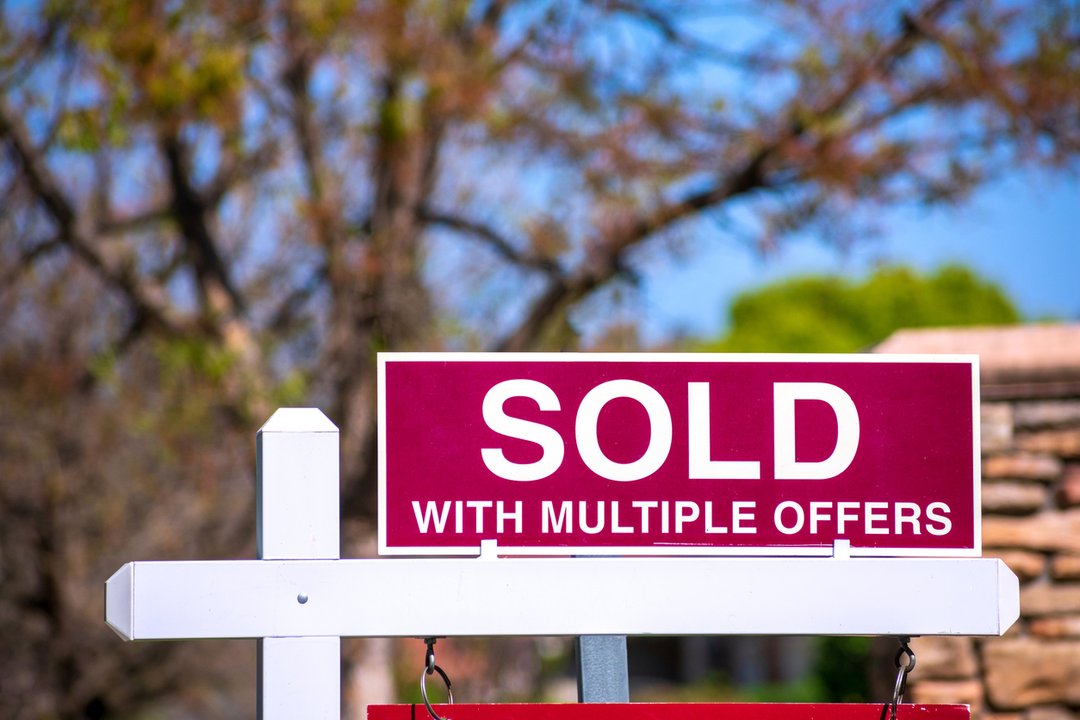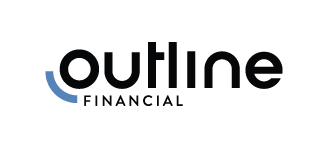
Tess Kalinowski
July 4, 2022
Canadians will run up their credit cards, fall behind on their utilities and juggle car payments. The one thing they don’t do in significant numbers is fall behind on their mortgage payments.
GTA residents rattled by rate hikes and inflation can take some comfort in mortgage delinquency numbers that show that losing a home to the bank is a rare occurrence this side of the border. While there are some challenges ahead, there is little point in conjuring scenes from the American subprime mortgage crisis and global recession of the 2000s.

iStock-1312377582.jpg
Our banking system, even the makeup of our workforce and the cultural differences between the two countries have kept delinquencies low in Canada through rocky economic stretches, say housing and financial experts.
They don’t, however, discount the fact that some Canadians are more at risk of defaulting on their mortgage.
The stats show Canadian mortgage delinquency rates remained low through the last global recession and other economic downturns, including the housing correction of 2017 and the pandemic, said Tania Bourassa-Ochoa, Canada Mortgage and Housing Corp. (CMHC) mortgage and consumer trends expert.
She says delinquencies — loans that are 90 days or more past due — are a good indicator of mortgage default rates.
“In Canada, mortgage delinquency rates are still significantly lower than what you would see in the U.S.,” she said.
“So even in the 1990s where we saw that peak, we were around .65 per cent — less than 1 per cent. In the U.S., when there was the recession in 2008, (delinquency rates) reached close to 11, 12 per cent,” Bourassa-Ochoa said.
By the end of last year Canada’s delinquency rate was .19 per cent, according to Equifax Canada. Ontario’s rate was .08 per cent and the rate for the Toronto Census Metropolitan Area was .07 per cent.
Bourassa-Ochoa is among experts that told the Star there are some tangible reasons Canadians don’t default on their mortgages nearly as often as in the U.S. In Canada, lenders have what’s known as “full recourse” to pursue any other assets of the delinquent borrower — the cottage, cars and other investments. The same rules don’t apply to all mortgages in the U.S., where the lender is confined to pursuing only the collateral on that loan.
Moshe Milevsky, professor of finance at the Schulich School of Business at York University, expects average Canadians will keep up their payments this time as they have in the past. The problem, he says, is that averages tend to ignore the outliers and for some this is going to be painful.
He divides homeowners into three groups. The first group have already paid off their house so higher rates don’t matter to them. The second set still have a mortgage but they will also have enough equity to secure a loan against their house and be able to ride out the pain.
It’s the third group that worries Milevsky — the people that have a relatively big mortgage and are spending more than 30 or 40 per cent of their income paying it down.
“On average, it’s going to be OK because (two groups) are fine. It’s for that other third, it’s going to be painful,” said Milevsky.
He says Canadians are trained from a young age to pay their mortgage even at the expense of other things.
“We will turn off the electricity and the heating and the water, but we will not default on our house because that’s a debt, that’s something sacred. It’s something that the bank has lent us and we feel obligated to pay it back,” he said.
Even Canadians in financial distress treat their home loan as “sacred,” says insolvency trustee Chris Welker of Welker and Associates in Kitchener.
“A lot of people that we see have been making their mortgage payments but that’s at the expense of going into debt on their credit card or borrowing from high interest finance companies,” he said.
In the first quarter of this year, mortgage delinquencies were at .18 per cent in Canada. That compares with delinquencies in 1.13 per cent of credit cards, 1.83 per cent of car payments and .1 per cent of home equity lines of credit, according to CMHC and Equifax statistics.
Welker says many people are still financing their homes and other debts using capital accumulated during the pandemic. But if you’ve got more money going out than coming in, eventually that bubble will burst.
Mortgage broker Ron Butler of Butler Mortgages says it’s “Pollyannish nonsense,” to think Canadians “are uniquely blessed people that believe in making payments.” The real psychology behind low delinquency rates is a 32-year narrative of solid growth in home prices — because real estate values have consistently risen, housing is considered a safe and often profitable investment. Butler agrees, however, that’s not the reality for everyone.
When rates rise with a corresponding drop in home prices, nothing really happens for most people, even those who bought in the market peak late last year or early this year.
Even if you bought in the suburbs or exurbs and your home’s value is now down 25 or 30 per cent from the market peak in February, your loan was stress tested, it was properly underwritten, and you still have your job. You can make your payments.
“You just can’t do anything after this. You can’t move,” said Butler. “So right now, nothing happens. People just make their payments.”
But the roughly 4.5 per cent in the GTA who have loans with alternative or subprime lenders are vulnerable, he said.
“Those people who got a mortgage a year ago are now getting a renewal and the rate is double. Their payments are going up 48 and 54 per cent. That’s a real thing,” Butler said.
Those lenders differ from banks in charging higher interest and putting more weight on the value of the property compared to banks that rely more heavily on the borrower, he said.
They can still avoid default. It’s possible they can still sell even in a tough market, or they could find a way to refinance or add tenants to their household. Still, Butler said, “That small percentage will feel this in ways that the rest of the homeowning public won’t.”
Welker says one of the biggest differences between Canadians and Americans when it comes to mortgages is that interest on a principal residence is tax deductible in the U.S. That incentivizes Americans to borrow as much as possible.
Royal LePage CEO Phil Soper, who has worked in both countries, agrees that policy leads to a U.S. mentality that leverage is good.
“That doesn’t exist in Canada. People north of the border work to pay off their mortgages and they celebrate when they do,” he said.
Soper says that 2008 was a far bigger economic event than the current period of inflation and rate rises. The Canadian default rate did rise to about .45 per cent back in the 2000s but “that’s a very, very low default rate even though it ticked up from close to zero,” he said.
He says Canada’s banking oligopoly also results in a high degree of standardization between a very few large lenders and therefore most of the mortgages in the country.
“We simply don’t have small banks taking big risks to get market share,” he said.
“That may result in less innovation in the marketplace. But in times of economic turmoil, you just don’t see the kind of defaults or banks failing. It just doesn’t happen in our model.”
Finally, he says, some of Canadian homeowners’ security comes down to a little-talked-about fact — that there are more women in the Canadian workforce than in the U.S., meaning more dual income families. That has led to a slightly higher home ownership rate — about 5 per cent higher — and reduces the risk of default.
“If you lose your job you’ve still got someone in that household who has an income,” he said. “That directly relates to our social safety net, long maternity leave — the ability to have children and have a career.”


